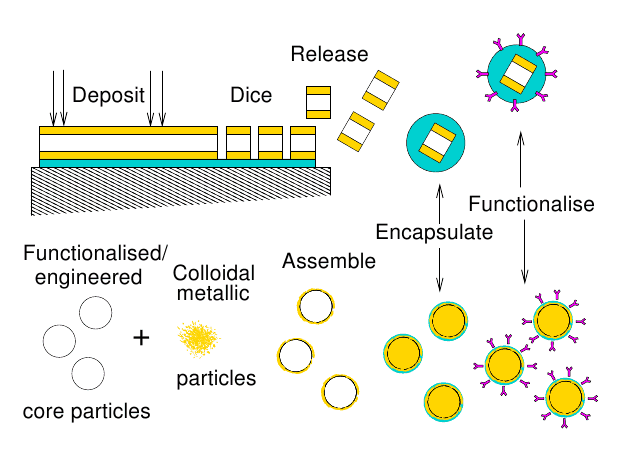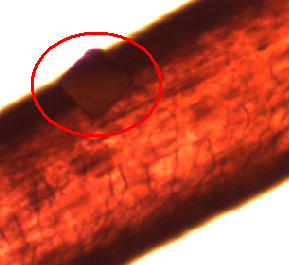Most of us are familiar with ultrasonics because of its use in medical imaging, particularly of unborn babies. But a team from Nottingham University is exploring ways of expanding its use considerably, developing techniques that will allow ultrasound to be used to look not just inside bodies, but inside living cells.

Prof Matthew Clarke and his team from the School of Electrical and Electronic Engineeering at Nottingham University have been awarded an £800,000 grant for a project to enable ultrasound to be used on the nanoscale, to study both complex materials which are normally opaque to ultrasound and the environments of living cells within larger structures, such as cells within organs. They are doing this by making ultrasonic transducers — devices which turn signals into ultrasonic vibration which are so small that they must be activated with pulses of laser light.
The transducers are made from alternating layers of metal (gold film, 40nm thick)) with a softer, transparent material (indium tin oxide, generally used in touchscreens, 160nm thick). Excited by a laser, this structure vibrates at around 9GHz with harmonics around 70GHz. The transduers can be made either as flat plates or as self-assembled particules with an ITO centre in a gold shell. They can then be encapsulated inside particles such as liposomes which can carry groups that bind to cell surfaces, for example.

‘Traditional utrasonic techniques fail for both complex materials and at the nanoscale,’ the team says. ‘Complex materials rteun signals that lack any direct relationship between the data acquired and the state of the material, and this makes is difficult to to infer the state of the sample from the experimental observations.’ In the current project, the team is developing methods of extracting data from ultrasound-probing with the nano-transducers and turning it into information directly related to the state of the complex material or cell being studied.




Red Bull makes hydrogen fuel cell play with AVL
Many a true word spoken in jest. "<i><b>Surely EVs are the best solution for motor sports</b></i>?" Naturally, two electric motors demonstrably...